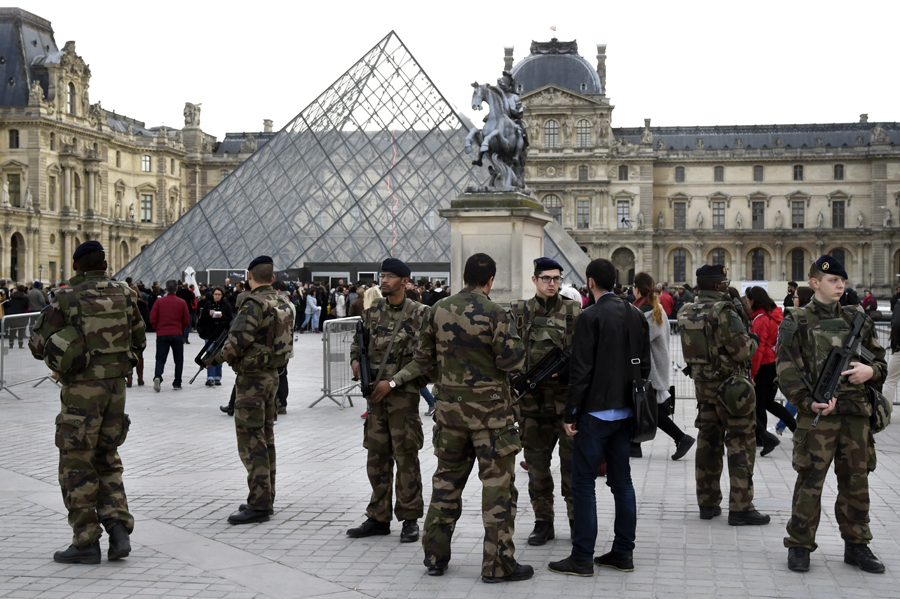
Tourism to Paris is in bad shape—and the city’s cultural institutions have been feeling the pain.
In a report from the Associated Press, the string of terrorist attacks and floods in France have resulted in a significant decline in visitors to Paris, notably among tourists from Japan, Russia, and China. The state’s minister of foreign affairs, Jean-Marc Ayrault, has even announced a summit this September to develop strategies of reviving the tourism sector, which accounts for roughly 7 percent of the country’s economy.
In a phone conversation with a representative for the Louvre—which is the most-visited museum in the world—artnet News discovered that attendance from January through June dropped 20 percent compared to the previous year.
“It’s quite mathematical,” the representative explained. “If you have less visitors in Paris, there are less visitors at the Louvre. So it’s not the Louvre. It’s a drop in tourism to Paris as a destination because of the attacks and security concerns.”
Visitors from the United States and Italy, however, remain undeterred; the representative told artnet News that they tend to make up the bulk of the Louvre’s foreign museum guests.
Placard announces closure of the Louvre Museum on June 3, 2016 in Paris, after the rain-swollen river Seine reached its highest level in three decades. Courtesy of Getty Images.
Despite the museum’s long-standing success with securing vistors’ safety, the representative told artnet News that the Louvre has nonetheless fortified its security measures since the series of coordinated shootings and bombings swept Paris last November. “We have more police outside and in front of the pyramid, so there’s a greater military presence.”
According to Reuters, Paris lost a whopping €750 million ($844 million) in revenue due to one million fewer visitors in the first half of 2016.
“It’s quite the same across the board,” the representative told artnet News. “It’s about Paris, not the cultural institutions.”